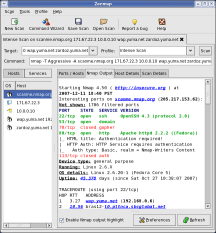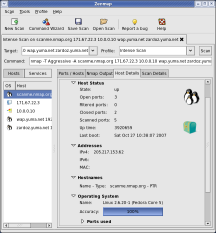I have two computers, both XP, a PS3 and a Roku soundbridge on my network.
One of the computers seems to like to stop sharing over the network for some reason. I've posted with this same issue, on this same computer in the past, but what worked then is not working this time.
The computer in question rarely gets used.
I can ping each computer back and fourth sucessfully, and this computer does show on "workplace computers". It also appears on LELA as being connected.
However, it does not appear to be sharing media to the PS3 and the roku. I have done all the obvious checks and making sure sharing is enabled, both computers are in the same work group and so on. There have been no changes that I am aware of, and the only firewall running is windows built-in.
any suggestions.
One of the computers seems to like to stop sharing over the network for some reason. I've posted with this same issue, on this same computer in the past, but what worked then is not working this time.
The computer in question rarely gets used.
I can ping each computer back and fourth sucessfully, and this computer does show on "workplace computers". It also appears on LELA as being connected.
However, it does not appear to be sharing media to the PS3 and the roku. I have done all the obvious checks and making sure sharing is enabled, both computers are in the same work group and so on. There have been no changes that I am aware of, and the only firewall running is windows built-in.
any suggestions.


